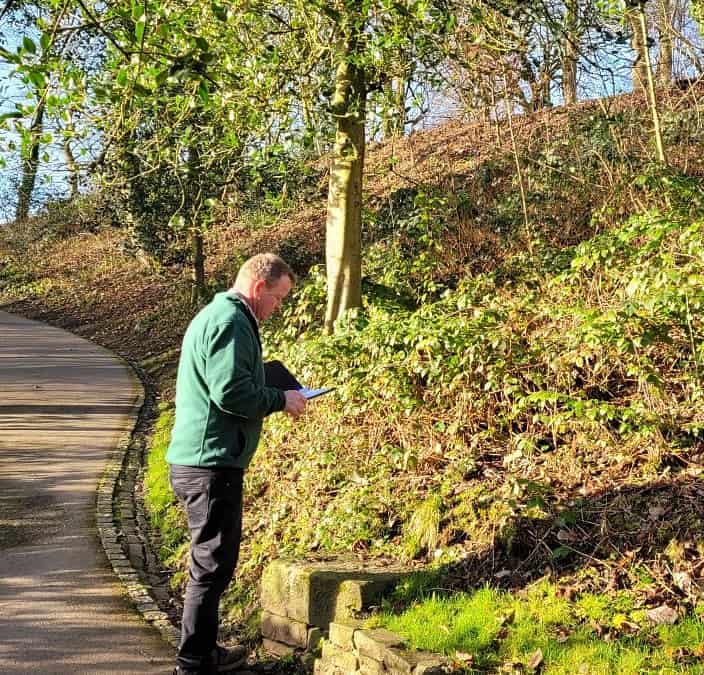Learn about the most effective collaborative approaches to Japanese Knotweed management, including the importance of early detection, prevention, and control methods.
Japanese Knotweed (Fallopia japonica) is a highly invasive plant species that has become a significant problem for property owners and managers in many parts of the world. Its rapid growth and spread can cause serious damage to buildings, roads, and other infrastructure, and it can also outcompete and displace native plant species, leading to a loss of biodiversity. To effectively manage Japanese Knotweed, collaborative approaches are essential. In this article, we will discuss the most effective collaborative approaches to Japanese Knotweed management.
- Early Detection and Reporting
- Prevention and Education
- Control Methods
- Collaborative Partnerships
- FAQs
-
Early Detection and Reporting
- The Importance of Early Detection
- Recognizing Japanese Knotweed
- Reporting Japanese Knotweed Sightings
- Preventing the Spread of Japanese Knotweed
- Education and Outreach Efforts
- Physical Removal
- Chemical Treatment
- Biological Control
- Public-Private Partnerships
- Interagency Collaboration
- Collaborating with Property Owners
- Japanese Knotweed can grow up to 10cm per day during the growing season
- The plant can grow through asphalt and concrete, causing damage to buildings and infrastructure
- Early detection is key to effective Japanese Knotweed management
- Preventative measures include avoiding disturbing the soil, properly disposing of plant material, and minimizing soil disturbances
- Control methods should be tailored to the specific site conditions and goals
- Collaborative partnerships can leverage resources and expertise to achieve effective management
FAQs:
Q: What is Japanese Knotweed? A: Japanese Knotweed is an invasive plant species that is native to East Asia. It has become a significant problem in many parts of the world due to its rapid growth and ability to spread aggressively.
Q: What damage can Japanese Knotweed cause? A: Japanese Knotweed can cause damage to buildings, roads, and other infrastructure, as well as outcompete and displace native plant species, leading to a loss of biodiversity.
Q: How can I recognize Japanese Knotweed? A: Japanese Knotweed has distinctive heart-shaped leaves, bamboo-like stems, and small, white or cream-colored flowers. It typically grows to a height of 2-3 meters.
Conclusion:
Effective management of Japanese Knotweed requires a collaborative approach that involves early detection, prevention, and control methods tailored to the specific site conditions and goals. Collaborative partnerships can leverage resources and expertise to achieve effective management, and education and outreach efforts can help prevent the spread of Japanese Knotweed. By working together, we can protect our ecosystems and infrastructure from the negative impacts of this highly invasive species.
